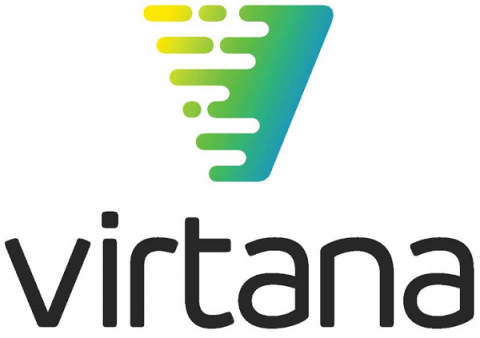Hybrid Cloud Predictions: 2022 Will Be the Year of Cloud Arbitrage
The as-a-service model and shared economy has changed the way people think about products, properties, and partnerships. Netflix found massive success not by improving the DVD experience but by eliminating it altogether. Companies like WeWork, Airbnb, and Vrbo created a shared economy that reduces the need for ownership. As a part of our business transformation in the last one year, Virtana has embraced both the sharing economy and as-a-service subscription.


